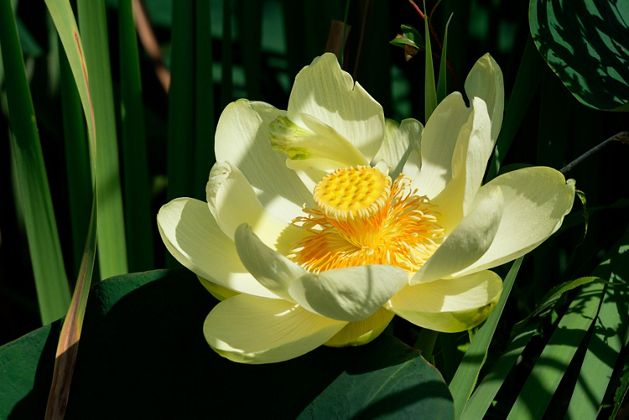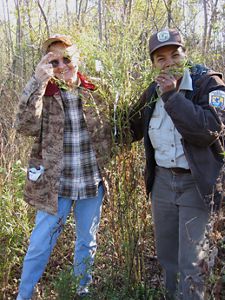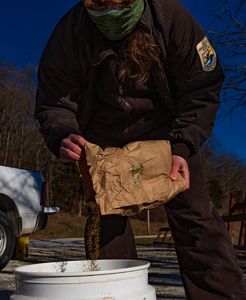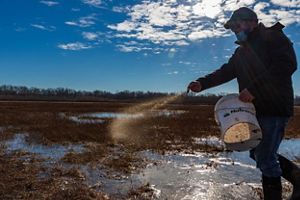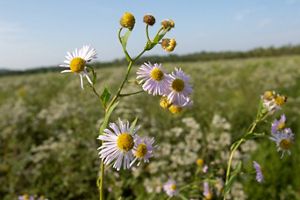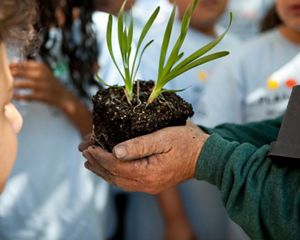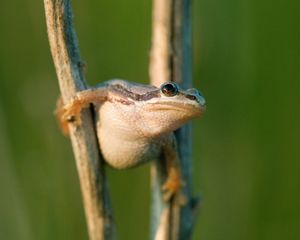Description
Since The Nature Conservancy began work at Spunky Bottoms, the landscape has been transformed. Once drained and used for farmland, this land is now a thriving wetland landscape that becomes richer in plant and animal life every year.
Spunky Bottoms has one of the most abundant populations of northern cricket frogs in Illinois. In the spring, more than 16,000 waterfowl migrate through the area. The wetlands echo with the raucous cries of mallards and pintails, widgeons and Canada geese. The restoration has also attracted several uncommon species rarely seen in the local area, including king rail and American and least bitterns.
WHY TNC SELECTED THIS SITE
At the Emiquon and Spunky Bottoms Preserves, where vast floodplain areas are being restored, there are glimpses of a new future for the Illinois River valley and ultimately the upper Mississippi River. It will be a future of renewed abundance, a future of sustainable health—and it will not be an isolated accomplishment. The effects of the restoration on native floodplain communities will be measured and monitored carefully so the models can be used for the restoration of large floodplain rivers everywhere, from the United States to Brazil to China.

